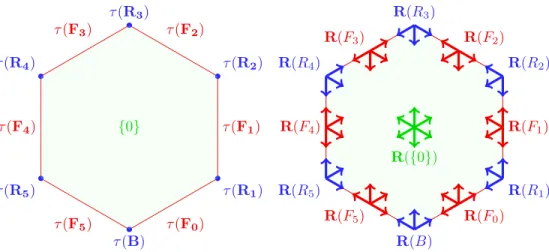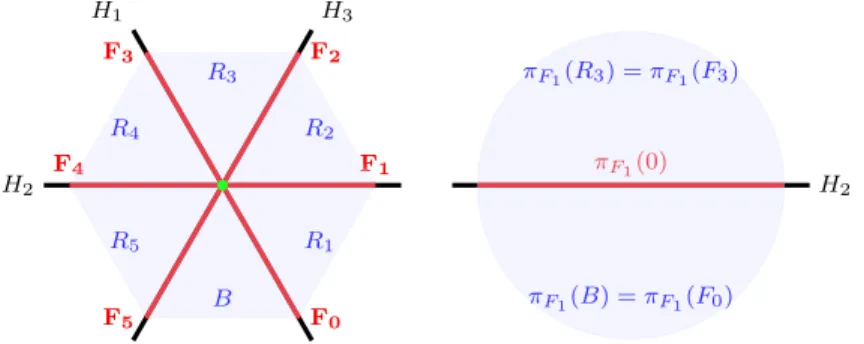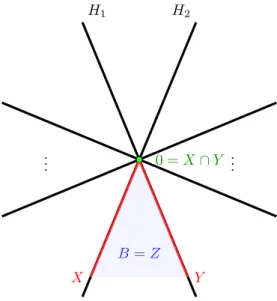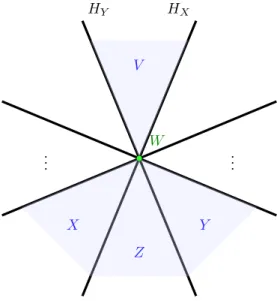The facial weak order on hyperplane arrangements
Texte intégral
Figure
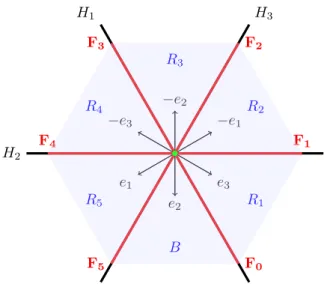

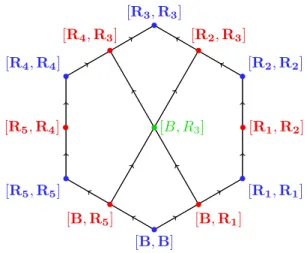

Documents relatifs
In conclusion, here we show that the visual preferences of 3.5-month-old infants to smiling versus neutral faces are interactively shaped by visual, social experience with faces
The aims of this article are: 1 To give two alternative characterizations of the facial weak order see Theorem 3.14: one in terms of root inversion sets of parabolic cosets which
To give two alternative characterizations of the facial weak order (see Theorem 10): one in terms of root inversion sets of parabolic cosets which extend the notion of inversion sets
The paper is organised as follows: in Section 2 we define the family of posets from valued digraphs, which are couples of a simple acyclic digraph together with a val- uation on
⊆). However, well-assembled valued digraphs are made of scaffoldings glued together, and scaffoldings are clearly projective. Consequently, it is natural to ask if it is possible
1365–8050 c 2015 Discrete Mathematics and Theoretical Computer Science (DMTCS), Nancy, France.. The main purpose of this paper is to introduce a new family of posets, defined from
Restricting the weak order to the set of 231-avoiding permutations gives rise to the Tamari lattice, a well-studied lattice whose Hasse diagram can be realized as the edge graph
In this article, we study the convergence of the distributions of numerical approximations of the solutions of the solutions of a large class of linear parabolic stochastic
